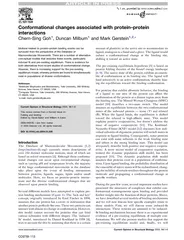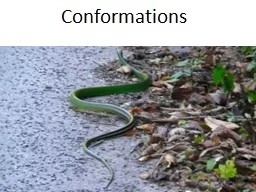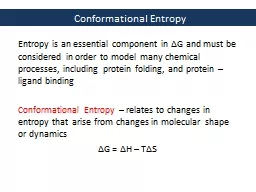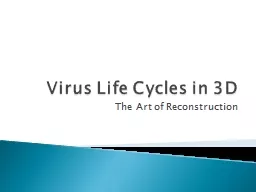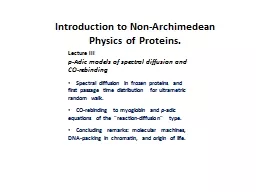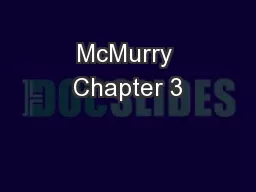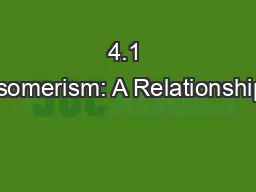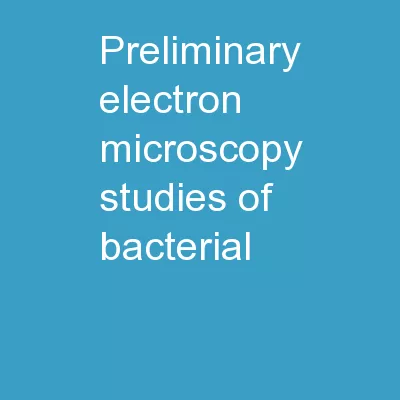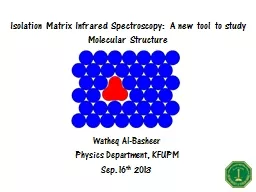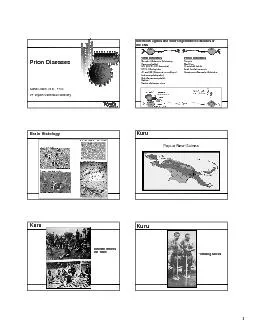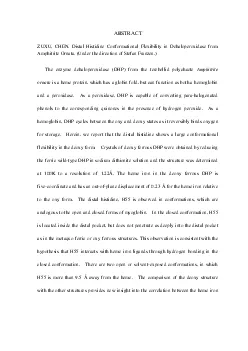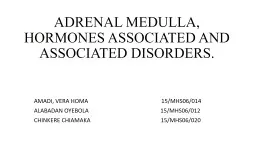PDF-Conformational changes associated with proteinprotein
Author : yoshiko-marsland | Published Date : 2015-05-19
There are a number of alternative conceptual models that describe these events particularly induced 64257t and preexisting equilibrium There is evidence for both
Presentation Embed Code
Download Presentation
Download Presentation The PPT/PDF document "Conformational changes associated with p..." is the property of its rightful owner. Permission is granted to download and print the materials on this website for personal, non-commercial use only, and to display it on your personal computer provided you do not modify the materials and that you retain all copyright notices contained in the materials. By downloading content from our website, you accept the terms of this agreement.
Conformational changes associated with proteinprotein: Transcript
Download Rules Of Document
"Conformational changes associated with proteinprotein"The content belongs to its owner. You may download and print it for personal use, without modification, and keep all copyright notices. By downloading, you agree to these terms.
Related Documents

